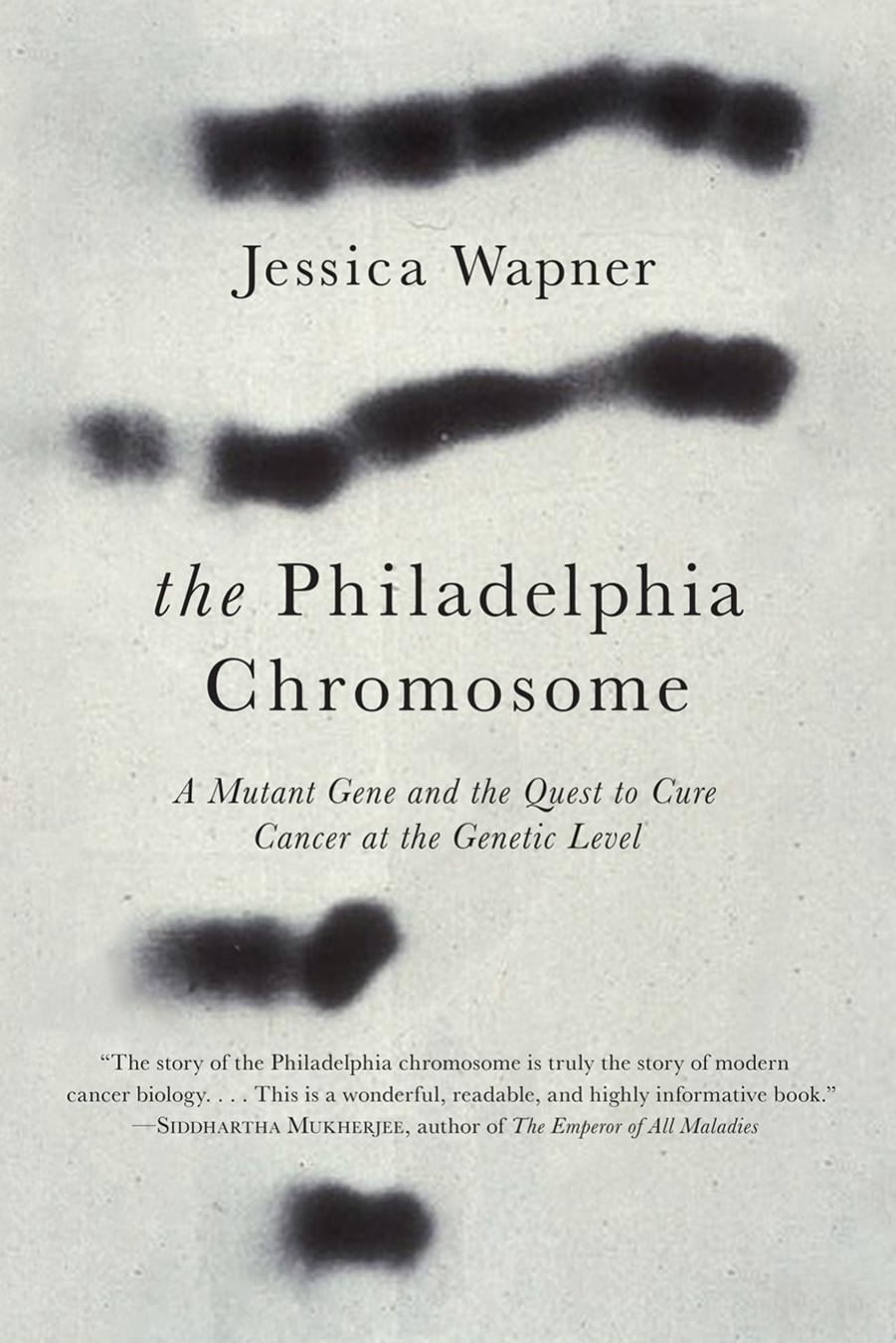The Philadelphia Chromosome by Jessica Wapner

Author:Jessica Wapner
Language: eng
Format: epub, pdf
Publisher: The Experiment
Published: 2013-05-06T16:00:00+00:00
BY THE EARLY spring of 1996, the intravenous formulation was ready, the team in Basel having added all the necessary attributes without destroying the compound’s anti-kinase activity. Now the drug—as it had become—could advance to the next stage: animal testing. The rules of the FDA state that of the two species in which a new drug candidate had to be tested, one had to be a non-rodent. The intravenous formulation would be given to rats and dogs. A couple of different toxicology studies were planned. In the first one, the animals would be given the compound as a bolus injection; that is, the entire dose would be inserted into the bloodstream fairly rapidly. In the next study, the dose would be given as an infusion over three hours.
During the months when CGP-57148B was being converted from a drug candidate into an intravenous drug, a man named Peter Graf, a former director of pharmacokinetic studies at Ciba-Geigy, had continued to work on the oral formulation of CGP-57148B. Like Lydon and Matter, Graf knew that a pill version of the drug would be much better than an intravenous version. His additional research contradicted those first findings of which Matter had been so suspicious. Graf showed that the compound could be made into a soluble formulation, one that would remain intact in the body’s watery ecology and be absorbed into the bloodstream upon being swallowed, rather than being digested and eliminated with other bodily waste. What others on the development team had concluded was impossible, Graf had accomplished with certainty. But with the intravenous form already in toxicology testing, the pill was stored away.
In mid-April 1996, Druker learned that the preclinical paper had finally been accepted for publication at Nature Medicine. On April 30, Druker’s forty-first birthday, the report was published. The conclusion was the same one Druker had noted during his ASH presentation: “This compound may be useful in the treatment of bcr-abl-positive leukemia.” It was the stock, neutral language of so many reports of experimental drugs, mild enough to be supported by the data, piquing interest without being overblown. At that moment, though, Druker was entirely uncertain about whether he would ever get a chance to find out what the compound could really do. The process, though moving along, seemed to be taking forever. And although animal testing had begun and study protocols had been discussed, Ciba-Geigy had still not given full, official clearance for an eventual clinical trial if the toxicology work went smoothly. For Druker, confident in the drug and ready to move forward, the pace was excruciating.
On May 13, 1996, Druker received a fax from John Ford, who was the liaison between the investigators on the outside and the company. In two paragraphs, Ford delivered the news for which Druker had been so anxiously waiting. The compound had been discussed at a meeting with Ciba-Geigy’s research board early that month. “Our proposals received a favourable reception and we are reasonably confident that full approval to proceed into clinical trials will be forthcoming,” Ford wrote him.
Download
The Philadelphia Chromosome by Jessica Wapner.pdf
This site does not store any files on its server. We only index and link to content provided by other sites. Please contact the content providers to delete copyright contents if any and email us, we'll remove relevant links or contents immediately.
| Administration & Medicine Economics | Allied Health Professions |
| Basic Sciences | Dentistry |
| History | Medical Informatics |
| Medicine | Nursing |
| Pharmacology | Psychology |
| Research | Veterinary Medicine |
The Poisoner's Handbook by Deborah Blum(2108)
Bottle of Lies by Katherine Eban(1776)
Mycelium Running: How Mushrooms Can Help Save the World by Paul Stamets(1661)
The Vaccine Race by Meredith Wadman(1638)
Missing Microbes by Martin Blaser(1564)
The Doors of Perception and Heaven and Hell by Aldous Huxley & Aldous Huxley(1563)
Pharmacy Practice and The Law by Richard Abood(1557)
Decisive by Chip Heath(1544)
28 Seconds by Michael Bryant(1503)
Steroids: History, Science, and Issues by Standora Joan E.; Bogomolnik Alex; Slugocki Malgorzata(1497)
McGraw-Hill Nurses Drug Handbook by Patricia Schull(1476)
The Doors of Perception: Heaven and Hell (thINKing Classics) by Aldous Huxley(1462)
Ganja Yoga by Dee Dussault(1434)
What's Making Our Children Sick? by Michelle Perro(1401)
Complete Guide to Prescription & Nonprescription Drugs 2014 by H. Winter Griffith(1343)
Stealing Fire: How Silicon Valley, the Navy SEALs, and Maverick Scientists Are Revolutionizing the Way We Live and Work by Steven Kotler & Jamie Wheal(1320)
Anatomy of an Epidemic by Robert Whitaker(1306)
Trip by Tao Lin(1272)
Cannabis for Chronic Pain by Rav Ivker(1211)
